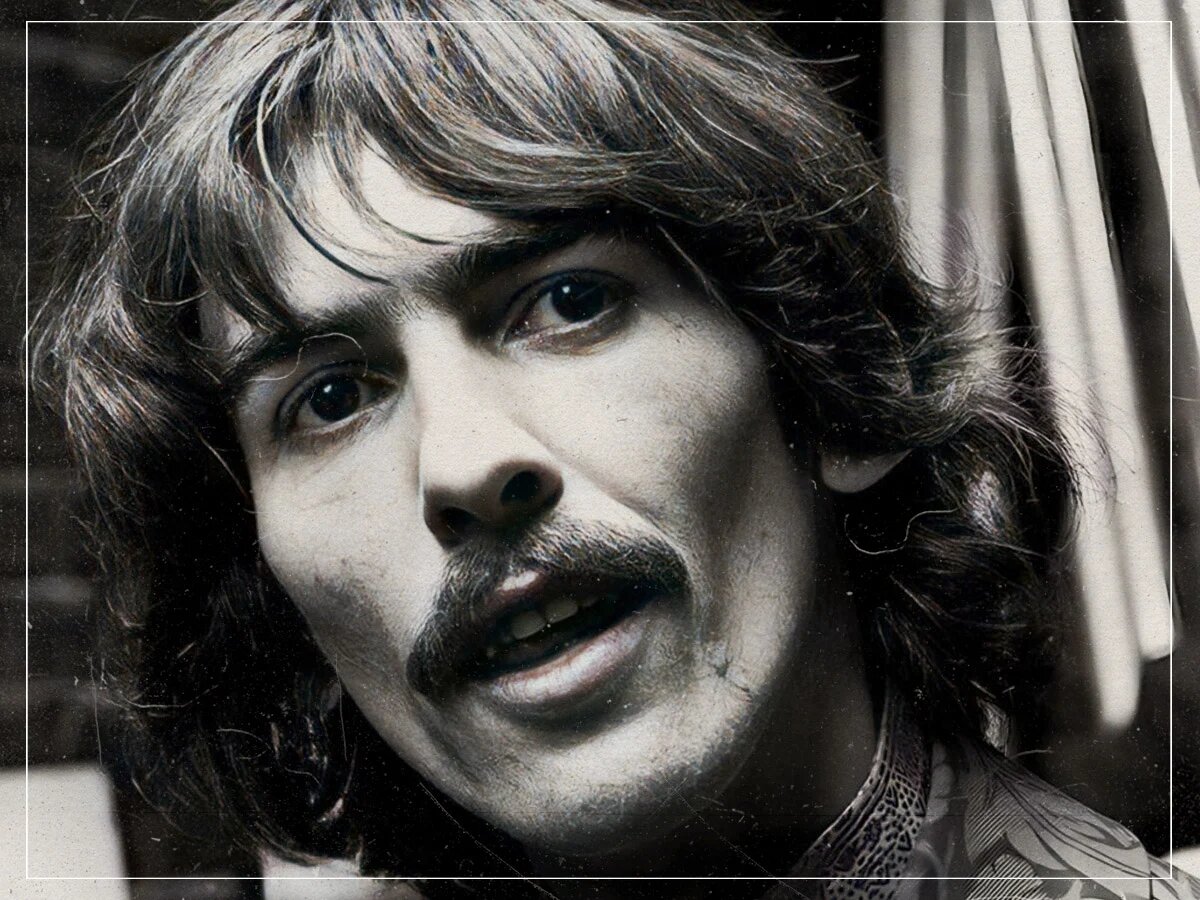It’s hard to believe that one of the biggest bands the world has ever seen didn’t use their potential to its full potential.
The Beatles ruled the world for a while, but it’s possible that they could have become an even bigger phenomenon if their guitarist, George Harrison, had escaped his moniker as the “Quiet Beatle” sooner. Even stranger is the thought that Harrison was a very unhappy man in the band, surrounded by all the affectations of fame and fortune. As he struggled to break free of the group’s blockade of John Lennon and Paul McCartney with any real consistency, the songwriting difficulties that Harrison encountered have been extensively documented. One of the main reasons the group disbanded in the first place were the internal and external conflicts it faced, according to Harrison. Lennon and McCartney were the band’s primary songwriters for a lot of their time together. Harrison was confronted with a different reality, even though Lennon eventually allowed McCartney to contribute more songs after he expressed an interest in writing. Harrison was largely ignored when he expressed his desire to write. He gradually added more tracks over the years, but the process was slow and difficult. It’s easy to see why he might have needed a break given the constant business meetings and questionable dealings that came with being in the biggest band in the world. George Harrison, on the other hand, would go on to write one of The Beatles’ greatest songs during one of these breaks. It was no longer just about toe-tapping songs and being chased down the road by groups of screaming girls to be in The Beatles. By 1969, being one of the Fab Four was a tiring job filled with business issues, legal disputes, and a general sense of pressure. That pressure needed to be released naturally. For that freedom, Harrison would always turn to his best friend Eric Clapton. Harrison decided that enough was enough after a particularly trying time, and even if only for a short time, he needed to get away from The Beatles. He was able to write “Here Comes the Sun,” which is one of his most well-known songs and was released from pressure by Abbey Road. Harrison made his way to Clapton’s home in Ewhurst, Surrey, after escaping the Apple headquarters. Harrison retells the story in The Beatles’ Anthology: “Here Comes the Sun was written when Apple was getting like school, where we had to go and be businessmen: “Sign this” and “Sign that”.” He continued, “Anyway, it seems like winter in England lasts forever; by the time spring arrives, you really deserve it.” I went to Eric Clapton’s house one day because I decided I was going to give up on Apple. I walked around the garden with one of Eric’s acoustic guitars and wrote “Here Comes The Sun” because I was relieved not to have to visit all those lazy accountants. At the time, Harrison said, “It was written on a nice sunny day this early summer, in Eric Clapton’s garden.” He also said that the song is similar to “If I Needed Someone” and “Bells of Rhymeney” by The Byrds. “On that day, I just felt like I was sagging off, like from school, it was like that. We’d been through hell with business. I simply failed to show up one day. It was a wonderful day, and just being in the sun was therapeutic. And that song has just appeared. It’s similar to If I Needed Someone, in that the fundamental riff that runs through it is identical to all of Byrd’s “Bells Of Rhymney” compositions. Harrison’s songwriting captures the poetry of the moment and shows the guitarist skillfully containing the joy of spring and sunshine. The synthesiser, a then-new invention from Robert Moog, would be used in the recording studio for the song. Harrison made the following statement regarding the option in Anthology: “I first heard about the Moog synthesiser in America.” Because Mr. Moog had just invented it, I had to have mine made. It was enormous, with two keyboards and hundreds of jackplugs. He went on to say, “But it was one thing to have one and another to try to make it work.” There wasn’t a manual, and even if there had been one, it probably would have been a couple thousand pages long. It was more of a technical issue, and even Mr. Moog probably wasn’t aware of how to make music with it. There are positive effects when you listen to the sounds in songs like “Here Comes the Sun,” but they are all very much like infant sounds. A song that was as close to Harrison’s position at the time as possible. He was stifled and frustrated at every turn within The Beatles’ structure, which was more useful for his signature than anything else. The stage had vanished, and the studio was tough. The Fab Four no longer sparkled. However, he was able to write some of his most moving and poetic songs outside of The Beatles, whether he worked with Bob Dylan or Eric Clapton. He needed it to tell him to leave the Fab Four and start a new life on his own. If writing a song like “Here Comes the Sun” doesn’t encourage you to spend more time outside of the office, we don’t know what will.



